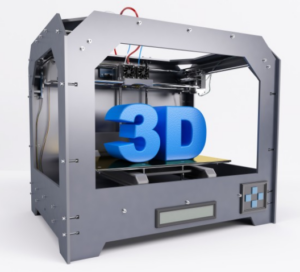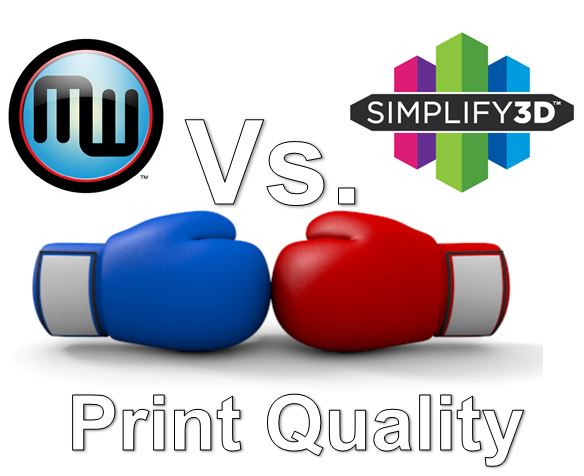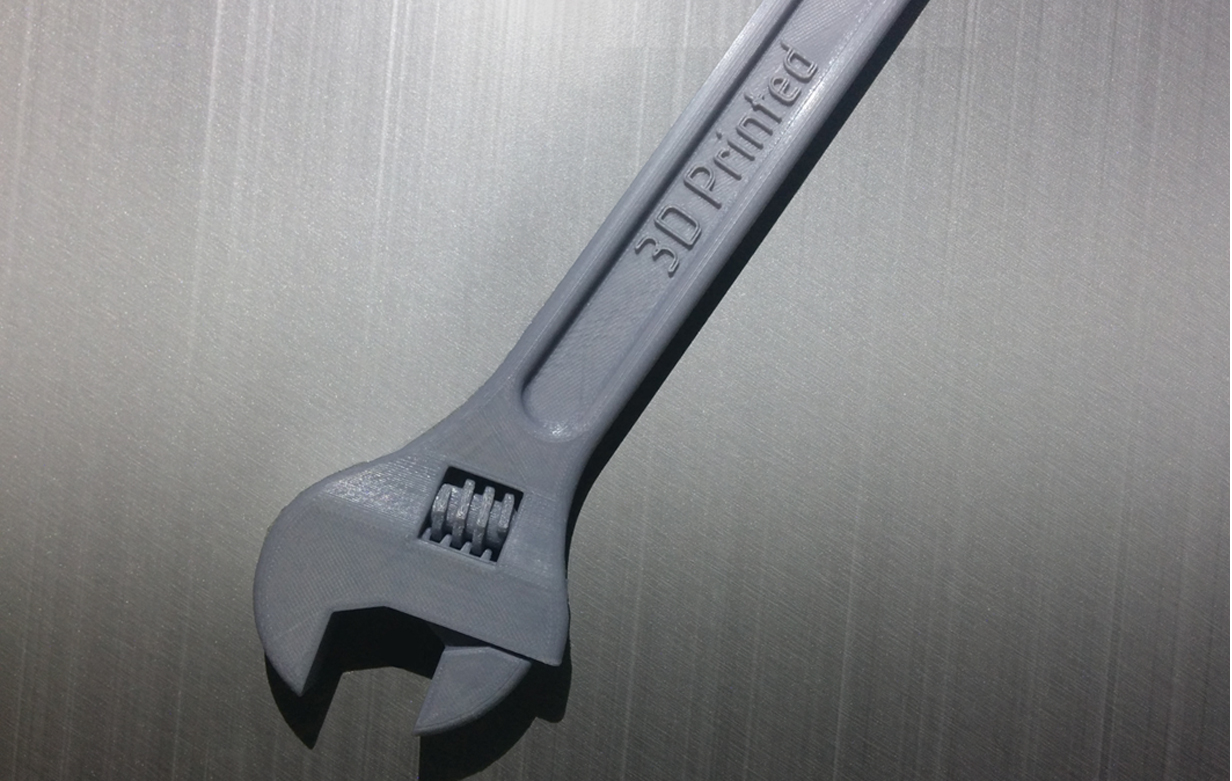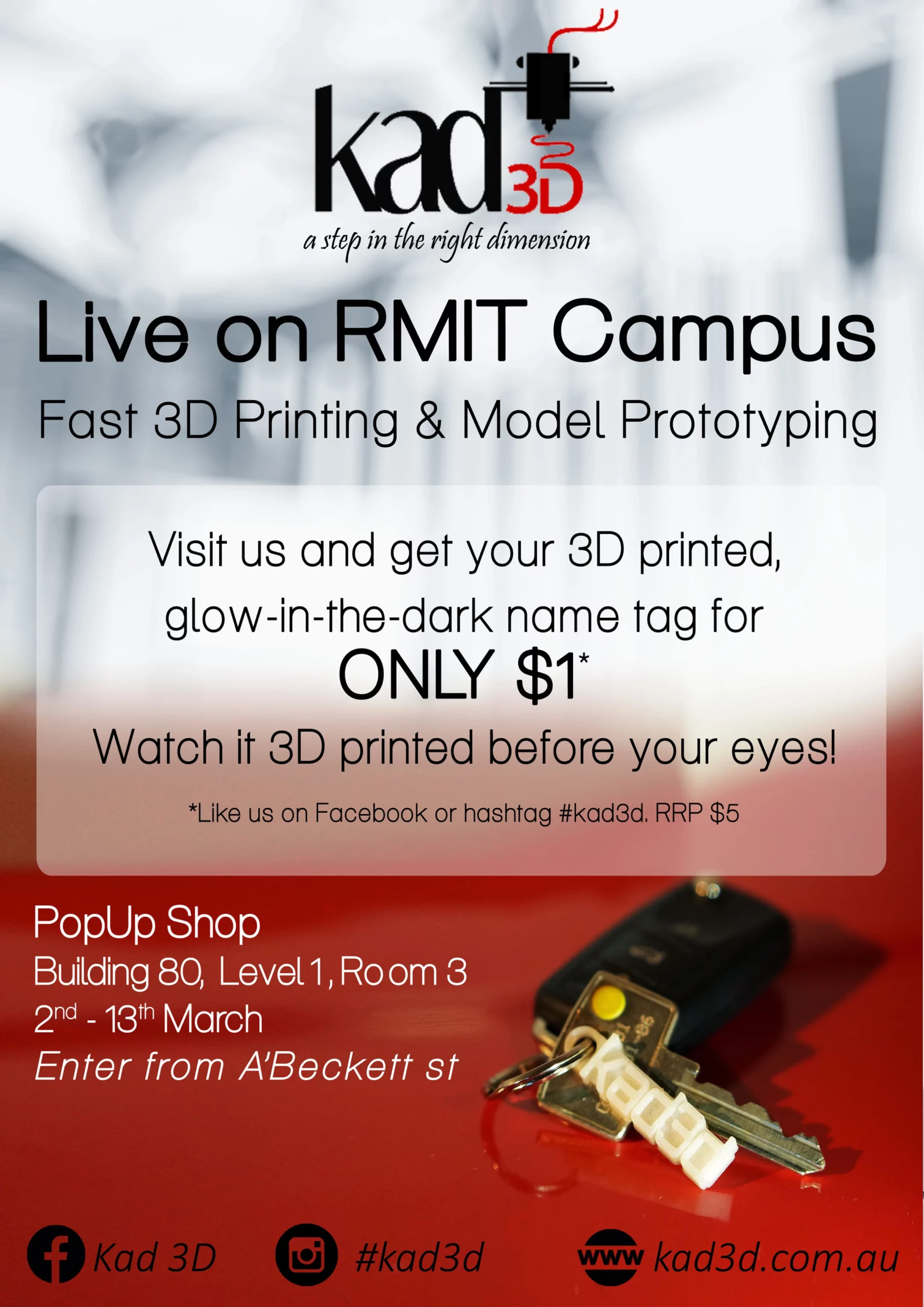Polypropylene (PP)
Brief Introduction and History: Polypropylene, commonly known as PP, is a thermoplastic polymer that has gained significant popularity as a 3D printing material due to its lightweight, durable, and chemical-resistant properties. It was first synthesized in the 1950s and has since become a versatile material in various industries, including 3D printing.
Material Composition: Polypropylene is made from the polymerization of propylene monomers. This process involves linking together propylene molecules to form long chains, resulting in a resilient and flexible material ideal for additive manufacturing.
Uses: Common applications of Polypropylene in 3D printing include prototypes for consumer goods, packaging, automotive components, and medical devices.
Best Fit Use: Polypropylene is best suited for producing functional prototypes and end-use parts requiring high flexibility, impact resistance, and chemical resistance. Its applications extend to industries requiring lightweight and durable components, such as the automotive and healthcare sectors.
Detailed Example of Specific Use 1: One notable use of Polypropylene is in the manufacturing of custom packaging solutions, such as specialized containers and enclosures. Its excellent chemical resistance and durability make it an ideal choice for protecting sensitive products during transit and storage.
Detailed Example of Specific Use 2: Another significant application of Polypropylene in 3D printing is the production of automotive interior parts, including trim components and functional prototypes. Its ability to withstand impact and repetitive use makes it suitable for enhancing vehicle interiors’ aesthetics and functionality.
Difference Between Basic and Advanced Forms: Advanced variants of Polypropylene may include reinforced grades with enhanced mechanical properties or modified formulations for specific applications. These advanced forms offer superior strength, stiffness, and thermal resistance compared to standard Polypropylene grades.
Benefits: The advantages of using Polypropylene in 3D printing include its lightweight nature, excellent resistance to chemicals and fatigue, and its ability to maintain structural integrity under repeated stress, making it suitable for a wide range of industrial applications.
Drawbacks: Potential limitations of Polypropylene in 3D printing include challenges in achieving high-resolution prints due to its relatively low melt viscosity and limited availability of color options compared to other materials.
Overall Rating for Daily Use: Polypropylene earns a high rating for daily use, particularly in industrial and professional settings, due to its versatility and unique combination of properties, making it a valuable resource for prototyping and producing functional parts.
Future Developments: Ongoing research in Polypropylene focuses on improving its surface finish, enhancing its printability, and developing new composite variants with enhanced mechanical properties, opening doors for further customization and application possibilities in additive manufacturing.






